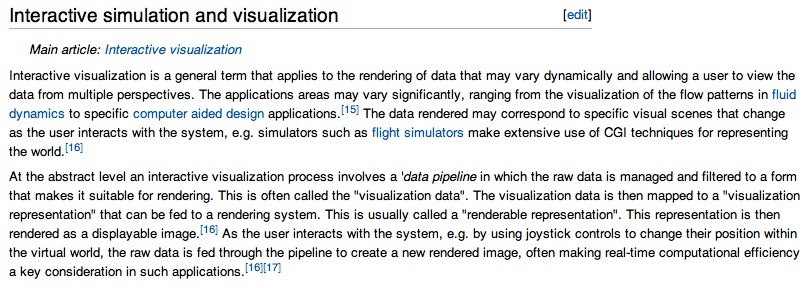Stop-motion
Many people have a different definition of Stop-motion animation. Some believe that it's just adjusting characters and photographing them to create the illusion of movement. I think that the best definition I found came from Susannah Shaw's 'Stop motion - craft skills for model animation'.
From this I learnt that to truly master stop-motion animation you need to make a character come to life and capture the audiences heart, not just create the illusion of movement.
Cinema
Stop-motion is being used more and more for cinema by animators such as tim Burton; creating interesting animations to keep the interest of animation alive. Tim Burton has recently released a new stop-motion animation called 'Frankenweenie' and was the first stop-motion animation to be shot in 3D IMAX and shown on the big screen in stark black and white. The target audience for this film was mainly young people, but the darker and morbid side to it attracts an older audience mainly of people who like Tim Burton's work. This film grossed over 11m in the first week which proves that stop-motion is still popular today. More and more animators are being adventurous and daring in the field of stop-motion. Another recent release was 'Pirates: An Adventure with Scientists' by Peter Lord. This film featured water and in almost all of the scenes Lord used real water and animated it into the sequence. In all other stop-motion animations using water it was computer generated e.g. 'Flushed Away'. 'Pirates' wasn't as popular as people had hoped but it was directed at children, and multiple other films with a young target audience were released at the time which hindered this film greatly.
More and more animators are being adventurous and daring in the field of stop-motion. Another recent release was 'Pirates: An Adventure with Scientists' by Peter Lord. This film featured water and in almost all of the scenes Lord used real water and animated it into the sequence. In all other stop-motion animations using water it was computer generated e.g. 'Flushed Away'. 'Pirates' wasn't as popular as people had hoped but it was directed at children, and multiple other films with a young target audience were released at the time which hindered this film greatly.Regular Programming
Stop-motion animations are still shown on regular programming that had started over 10 years ago, although they have been given a much later time slot. 'Creature Comforts' by Nick Park were broadcasted first in 1999 and are still seen today on Channel 4, usually at a midnight time frame depending on what was shown during the day.
Computer Generated
Moving on from stop-motion animation, a lot of present day video games use CGI to make a more realistic experience as computer generated graphics are better than regular cartoon figures and a lot better than stop-motion in terms of flexibility. These kind of graphics are for an audience of young people that are mainly males and enjoy gaming. CGI is used to improve the perception of the gaming experience, the software is able to map out a whole area and adjust the visual aspects when the joystick or controller is moved.
This is an extract from a wikipedia encyclopedia page entitled "Computer-Generated Imagery"
This is an extract from a wikipedia encyclopedia page entitled "Computer-Generated Imagery"
From this page I learnt that CGI in video games is used mainly to make the game more interactive and to be able to represent the world in a realistic way. This way the consumer can be easily fully immersed into the game and create a better gaming experience.
An Animator's Touch
Looking further into what animators do to better their animations and their directing skills, I found what some do to add finess and to perfect their films.This is a quote from Guionne Leroy, who was an animator in many esteemed feature films.
From this quote I have discovered that you really need to put yourself into your work and not quite or have a 'that will do' attitude to your project.




No comments:
Post a Comment